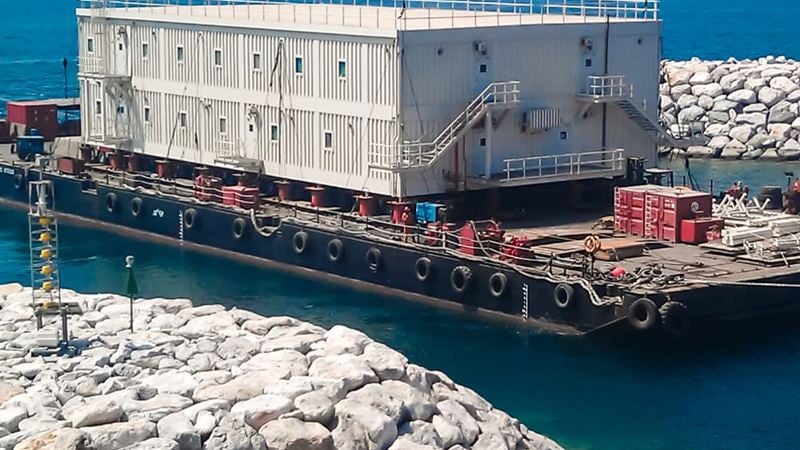
Sector:
Oil and Gas
Expertise:
Heavy lifting
Crane lifting
Benefits:
Reduced preparation
Reduced disruption
Optimized schedule
Location:
Canada
Bringing a supersized crane to execute a precision modular operation.
When a major exploration and production company wanted to expand their delayed coker unit in one of Canada’s largest oil sand fields, they chose a modular construction method. To reduce construction time, they requested the modules be as large as possible.
Mammoet answered with its recently developed PTC140-DS crane that boasted a reach big enough to install modules the size the customer wanted. With this crane and Mammoet’s approach, the operation could be executed while the plant remained fully operational. As a result, the upgrade was completed a year ahead of schedule.
It was Mammoet’s task to install fourteen prefabricated modules and the coke drums. The customer wanted the modules to be as big as possible. They also wanted the construction to be carried out within the refinery borders, yet outside the live environment.
One of the biggest challenges here was lifting the largest elements. While these weren’t necessarily the heaviest, they were considerably sized and preassembled. With the piping already in place, ensuring the construction’s integrity was key. Any deviation from an exact vertical lift could lead to deflection and subsequent damage to the modules.
All these requirements and challenges led Mammoet to mobilize its PTC140-DS crane; its 150-meter reach allowed it to lift seven of the heaviest modules into place directly from the construction area next to the live environment. The remaining seven modules were transported from another construction area to the edge of the live site, within the crane’s reach.
To minimize deflection during lifting, Mammoet used a special configuration of multi-lug spreader beams to keep the modules in place. Special hydraulic cylinders were engineered to evenly distribute and monitor the tension at the lifting points. Eventually, all lifting and installation took place without affecting daily operations.
Mammoet’s approach minimized the total number of lifts required, the amount of assembly work at height, and the need for ground transportation. All of this translated into a safer execution and significant time-saving.
The tie-in of the new components to the existing production process had to be completed during a regular, annual shutdown. Because of the efficiency delivered by Mammoet’s solution, it was possible to schedule these activities into the shutdown of 2014, rather than 2015 – realizing more production capacity an entire year earlier than originally planned.




